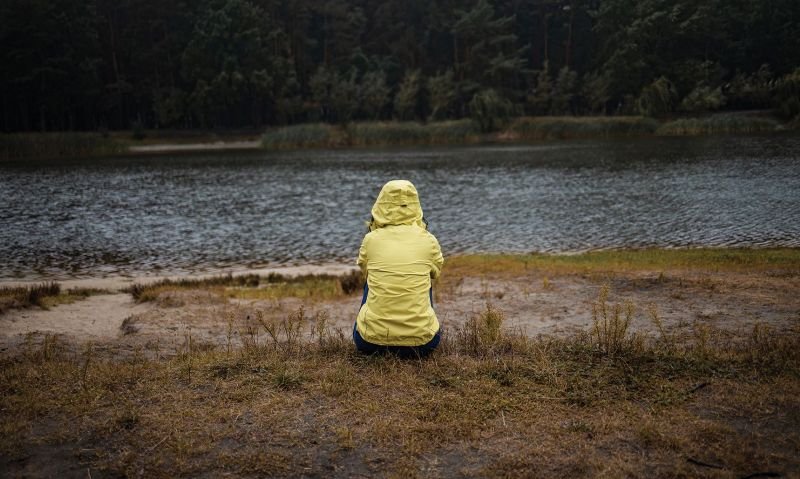Social isolation and loneliness are growing concerns in today’s society and affect people of all ages and backgrounds, including veterans. These feelings can be caused by living alone, significant life changes, or a lack of social connections.
Loneliness is often talked about as a factor in suicide attempts. The US Army has prioritized its Be the One project to reduce the number of veterans lost to suicide by delineating mental health treatment and conducting suicide prevention training. While September is National Suicide Prevention Awareness Month, awareness of these issues is important every day of the year.
Isolation and loneliness often go beyond mental distress, affecting physical health, mental well-being and general quality of life. Here’s a look at how far-reaching their effects can be:
Physical health. Studies show that chronic loneliness can be as harmful as smoking 15 cigarettes a day. It is associated with an increased risk of cardiovascular disease, high blood pressure and a weakened immune system. Chronic isolation can lead to a sedentary lifestyle, poor nutrition and neglect of personal health care, which can further exacerbate health problems.
Mental health. Feelings of isolation are strongly linked to mental illnesses such as depression and anxiety. Furthermore, isolation often leads to reduced cognitive function and an increased risk of cognitive decline and dementia in older adults. A constant state of loneliness can trigger a stress response in the body, leading to chronic stress.
Social and emotional. Humans are social creatures by nature, and relationships are crucial to emotional health. Loneliness can lead to feelings of disconnection, making it difficult to form and maintain meaningful relationships. It can also lead to social withdrawal as individuals avoid contact and deepen their isolation. This can lead to a negative self-image and low self-esteem.
Financial. Socially isolated individuals are more likely to experience unemployment or underemployment leading to financial instability. The increased healthcare costs associated with treating the physical and mental health consequences of loneliness place a strain on the healthcare system.
What can be done?
Tackling loneliness and isolation requires a multi-pronged approach involving individuals, communities and policy makers. The methods include:
To promote social relations. Encouraging community involvement and participation in social activities can help individuals build and maintain relationships. Community centers, clubs and organizations provide a platform for communication and support.
Utilize technology. Technology can bridge the gap for those who are physically isolated by enabling virtual communication. Video calls, social media and online communities can help maintain connections with loved ones and provide opportunities to meet new people.
Mental health support. Access to mental health services is crucial. Counseling, therapy and support groups can offer emotional support.
Motivational fitness. Physical activity can also improve mental health. Group exercise, walking clubs and recreational sports have the added benefit of social interaction.
Eating together. Scientists have identified five places in the world, called “Blue Zones,” where people often live to 100 or more. A common lifestyle they share is eating one meal a day with family and/or friends.
Army veteran Jennifer Campbell is a certified personal trainer with a master’s degree in nutrition education. She is a past commander of the 24th District of the California Legion and Hollywood Post 43.
#public #health #crisis #loneliness
